Recently, Chile's Calbuco volcano erupted twice, prompting a large evacuation, and fears were ignited after experts revealed Indonesia's Mount Sinaburg may soon erupt.
Hundreds of volcanoes dot the globe, but only a handful are known for their particularly violent pasts. Some of these infamous peaks have caused mass casualties; others have destroyed whole cities.
Here are 12 of the world's most dangerous volcanoes, which could erupt at any time, and a brief history of their explosive power.
1. Cumbre Vieja Volcano - La Palma, Canary Islands, Spain
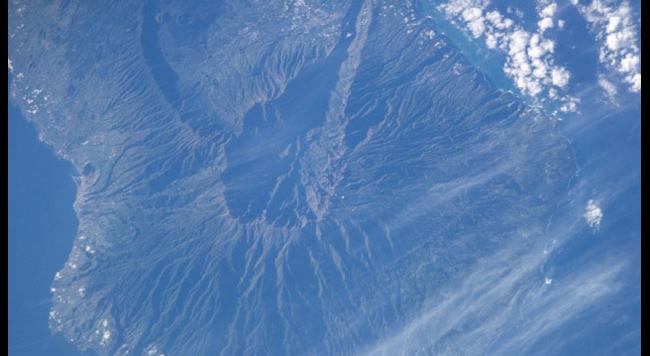
2. Katla Volcano - Iceland
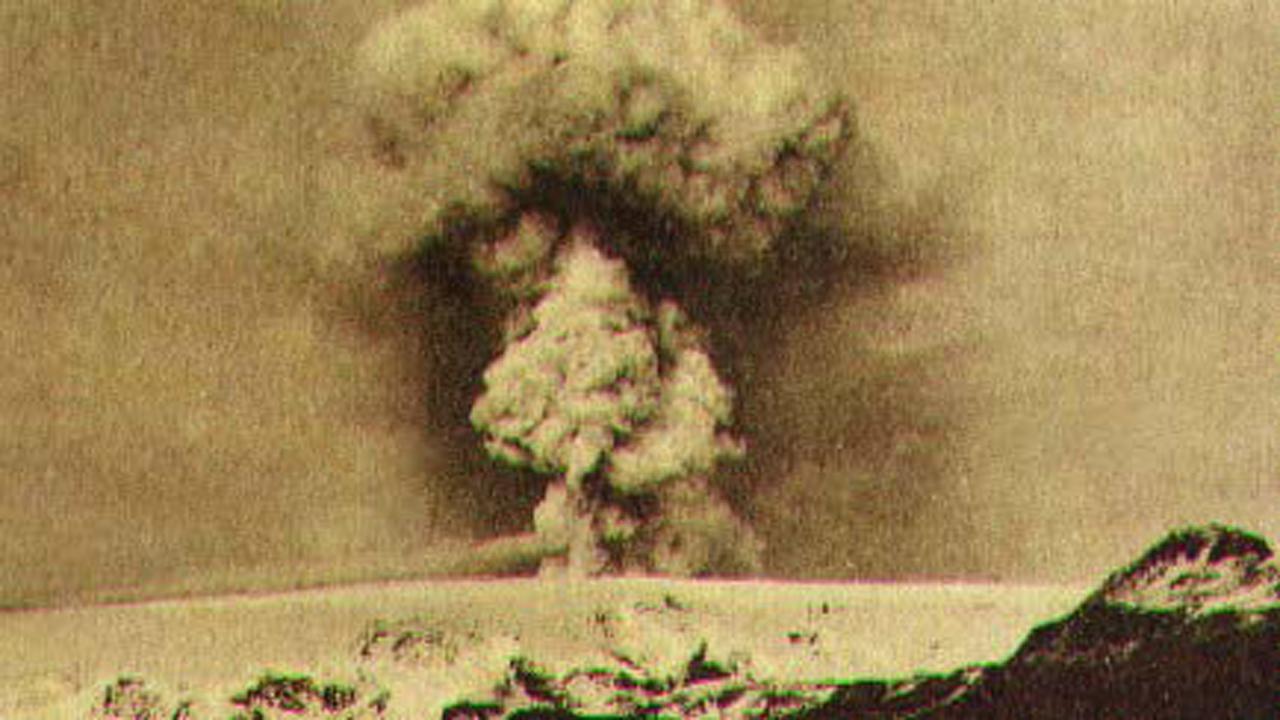
3. Krakatoa Volcano - Krakatoa, Indonesia
In August 1883, one of modern history's deadliest volcanic eruptions occurred in Indonesia, resulting in the deaths of more than 36,000 in Java, Sumatra and smaller islands. After Krakatoa erupted, the volcano collapsed and triggered a tsunami that claimed several lives, Live Science says. Many other victims succumbed to thermal injuries due to hot gas and other material spewed during the eruption.
4. Mauna Loa - Big Island, Hawaii, U.S.
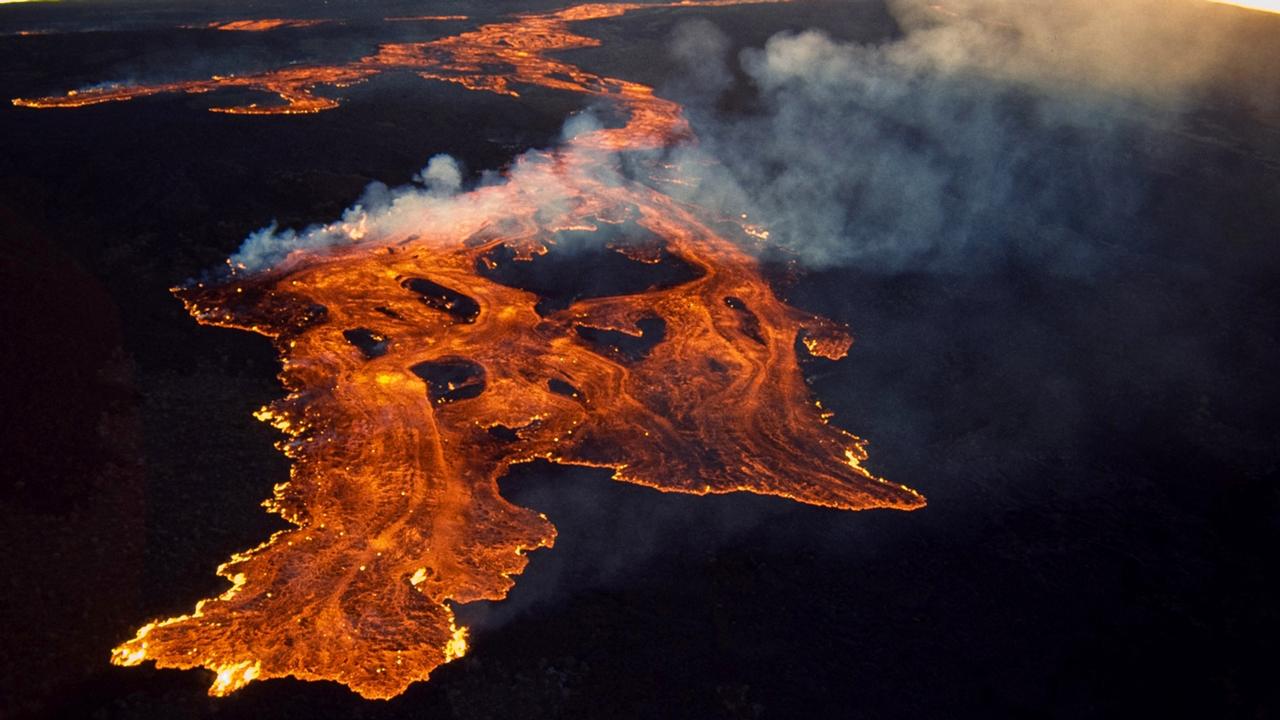
Mauna Loa, or "Long Mountain" in Hawaiian, is nestled in paradise and known as Earth's largest volcano, says Volcano Discovery. The town of Hilo has been threatened several times by the mountain's explosive eruptions, which produce giant rivers of lava. Mauna Loa is a very active volcano, having erupted 33 times since 1843, according to the U.S. Geological Service. It lies near Mount Kilauea, which tends to erupt more frequently and is currently being monitored by geologists due to increasing seismic activity.
5. Mount Merapi - Java, Indonesia
Merapi, or "the one making fire" in old Javanese, has experienced several violent eruptions, resulting in destruction, casualties and evacuations. In October 2010, Merapi erupted violently, producing ashfall and pyroclastic flows, which killed more than 190 people. Compared to volcanoes around the world, Merapi has produced the highest number of pyroclastic flows, or currents composed of hot gas and rock.
6. Mount Pelée - Martinique, Lesser Antilles, Caribbean
Mount Pelée erupted violently in 1902, killing 30,000 people and destroying the island's largest town, St. Pierre, according to ExploreVolcanoes.com. Pelee is the Caribbean's most regularly active volcano.
7. Nevado del Ruiz - Central Columbia
Columbia's Nevado del Ruiz volcano isn't known for large-scale eruptions. Instead, the mountain has a history of small-scale eruptions that trigger deadly mudflows, says San Diego State University's Department of Geology. Nevado has killed thousands over the course of its history. One of the most disastrous incidents occurred on November 13, 1985, when the volcano erupted, generating a mudflow that killed over 23,000 people, including most of the residents of the town of Armero. This catastrophe could have been evaded had authorities headed volcanologists' warnings, Volcano Discovery noted.
8. Popocatépetl - Mexico
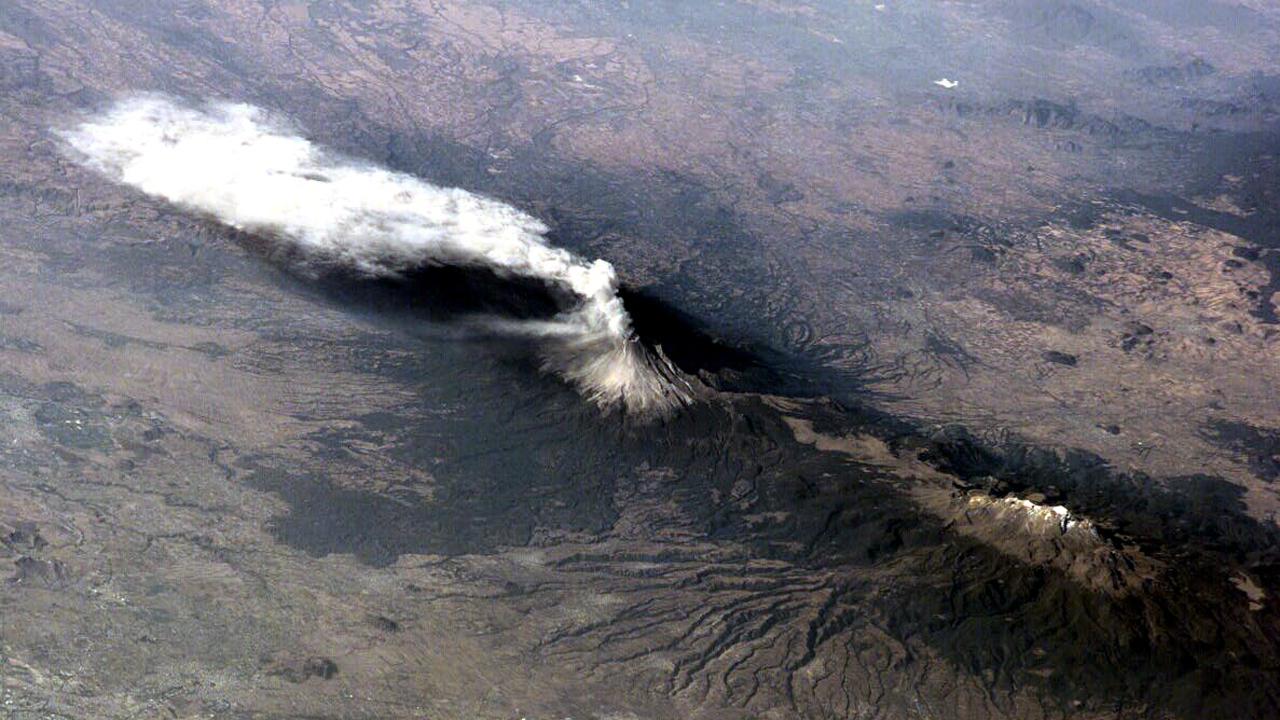
9. Mount St. Helens - Washington, USA
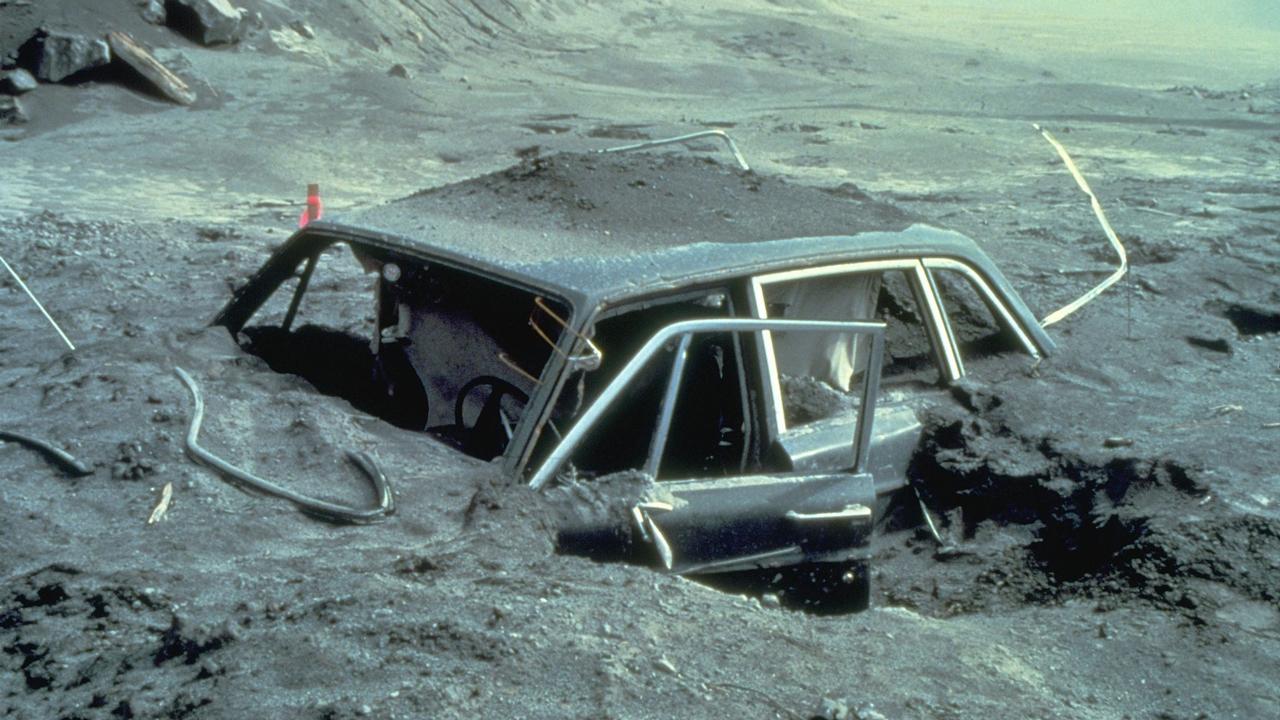
Mount St. Helens' beautiful façade hides its deadly past, including a horrifying eruption the morning of May 18, 1980. Fifty-seven people were killed on the mountain's north flank as a result of the explosion, says Live Science. The eruption devastated the area, making it the most destructive in U.S. History. Hundreds of homes were destroyed, miles of roads and railways were damaged
10. Mount Tambora - Sumbawa, Indonesia
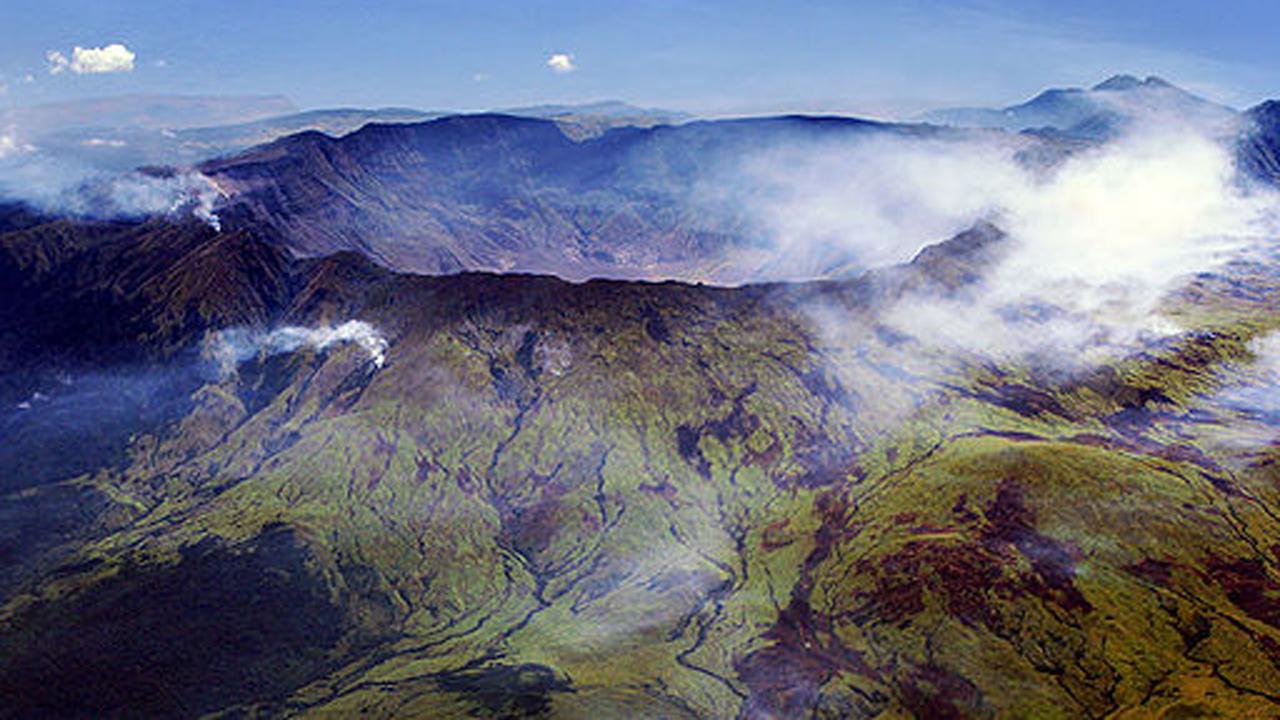
Interesting Tidbit: As crops failed, horses became too expensive to feed. These animals were vital to transportation, and due to the expenses, travel became more costly, says UCAR. This may have led to the brilliant invention of German inventor Karl Drais — the bicycle.
11. Unzen Volcano - Nagasaki Prefecture, Japan
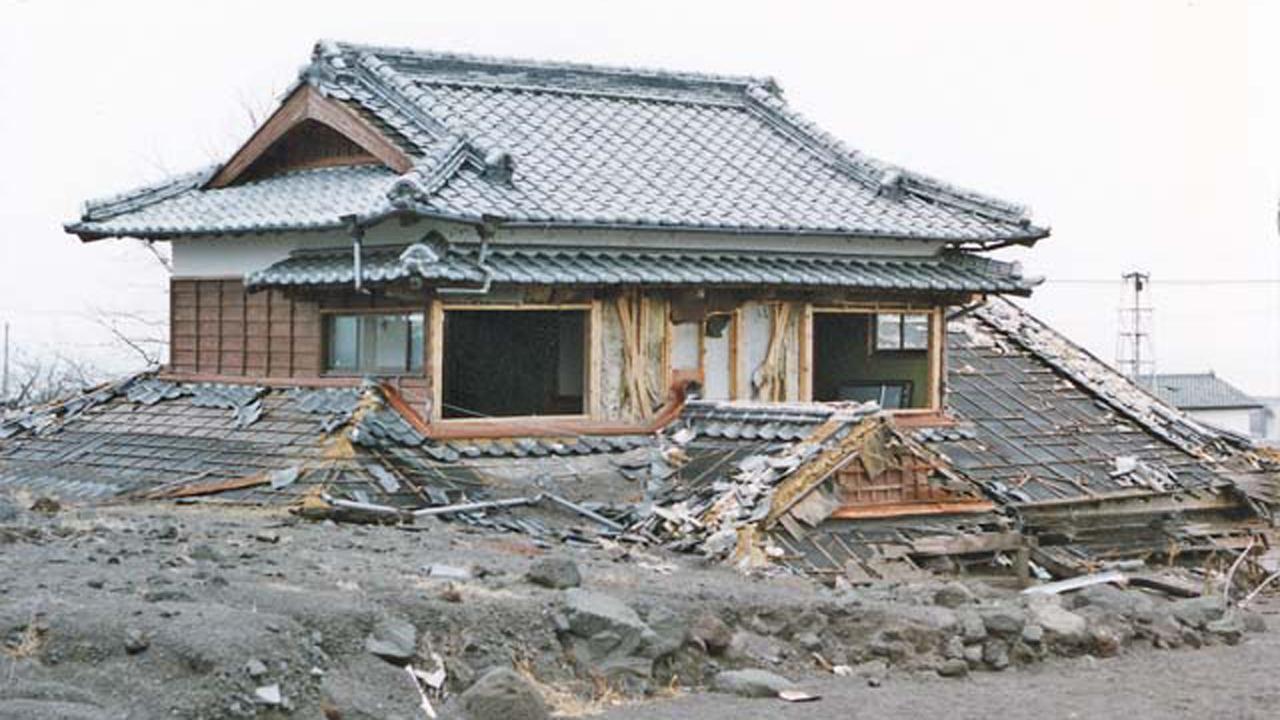
12. Mount Vesuvius - Province of Naples, Italy
The infamous Vesuvius became one of history's most tragic tales after the giant volcano erupted in 79 A.D., burying the Roman cities of Pompeii and Herculaneum beneath a thick blanket of ash. Vesuvius may have claimed more than 16,000 lives during that eruption, according to Geology.com. It is mainland Europe's only active volcano, Geology says, and a continuous danger to surrounding cities, including Naples.
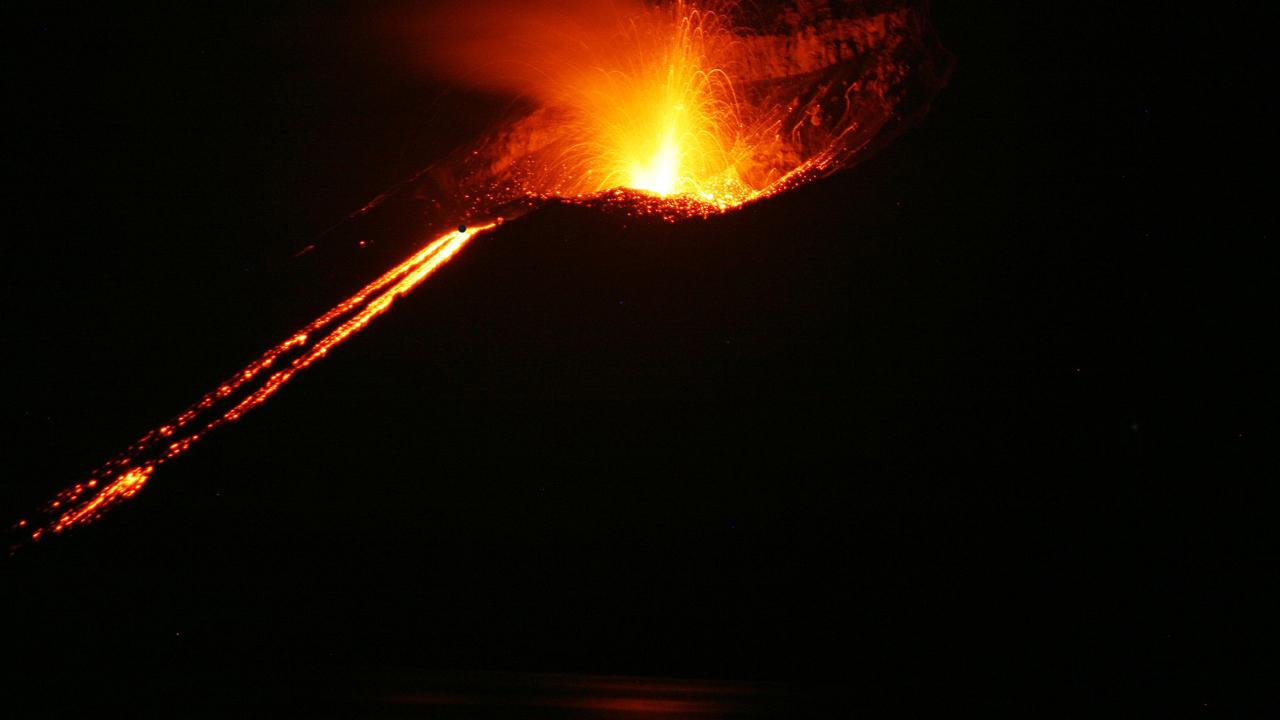
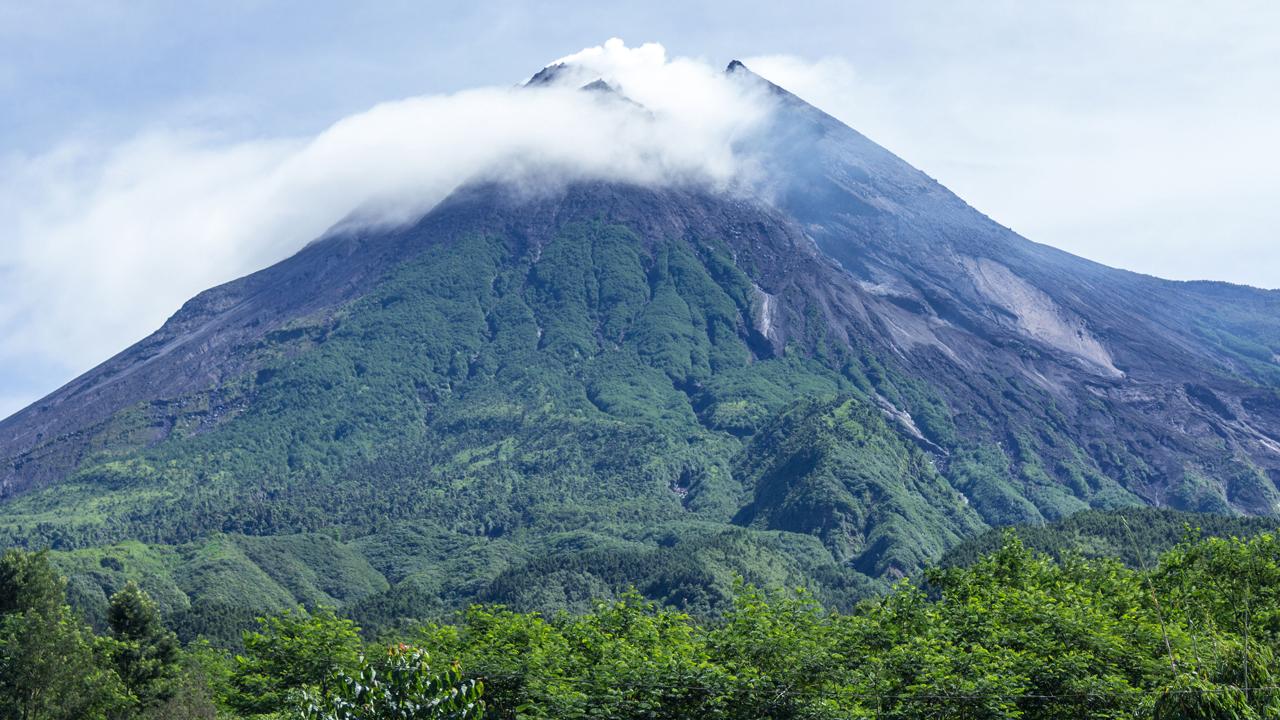
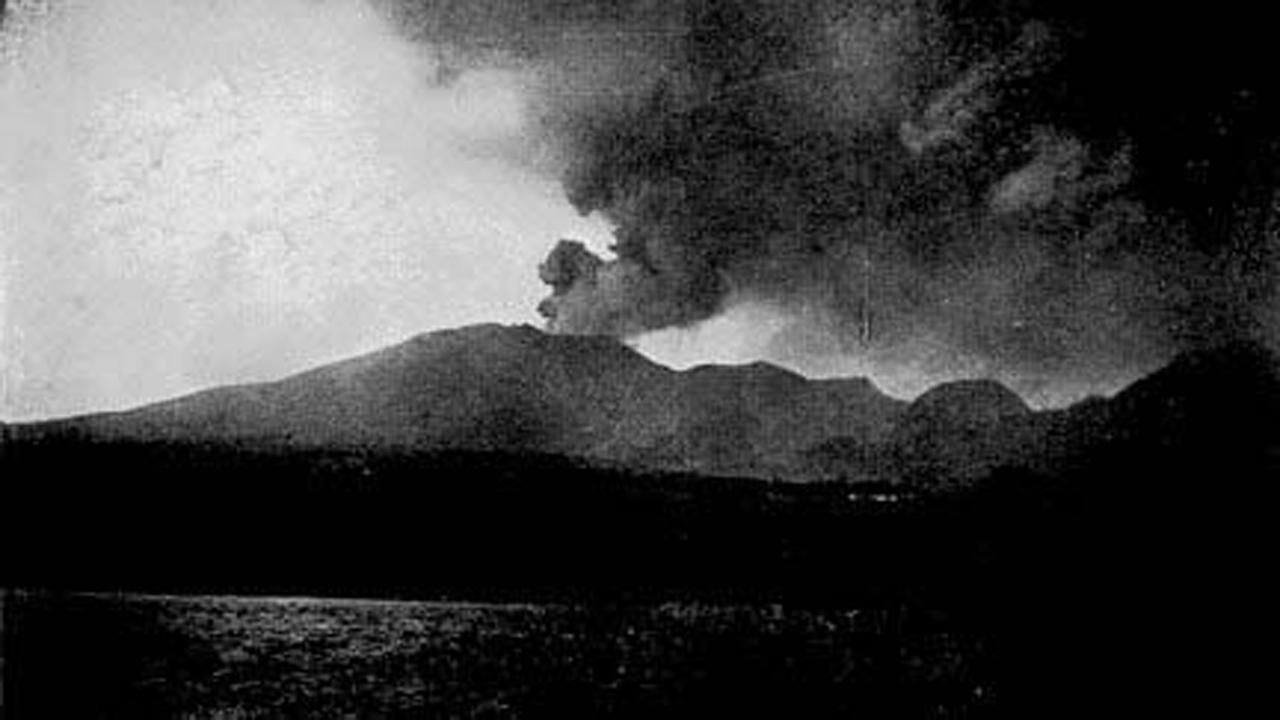
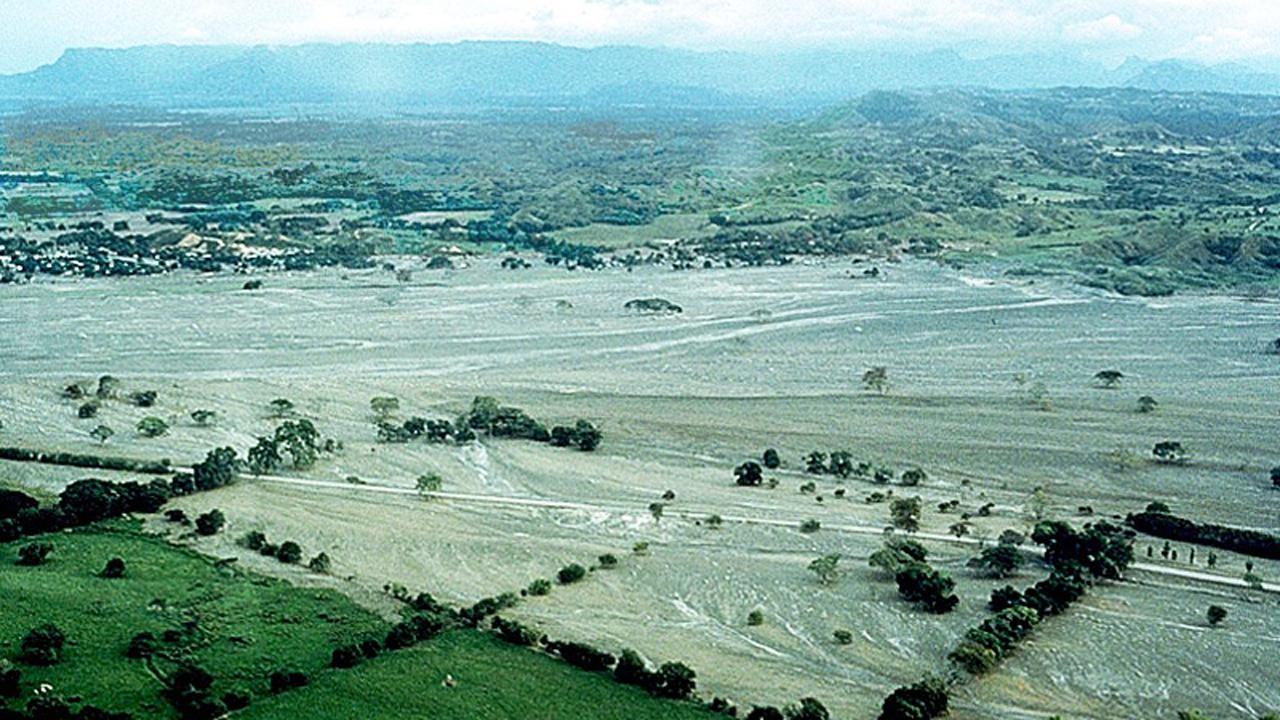
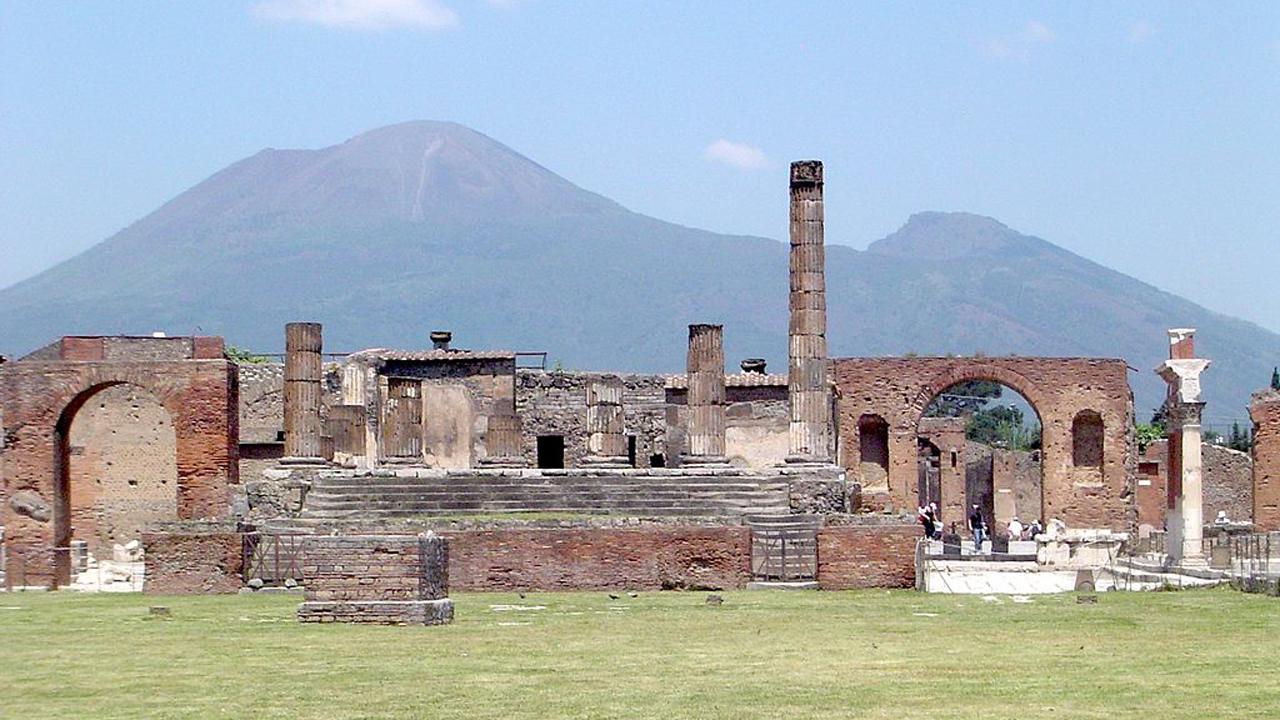



Comment: Are we ready for the next volcanic catastrophe?